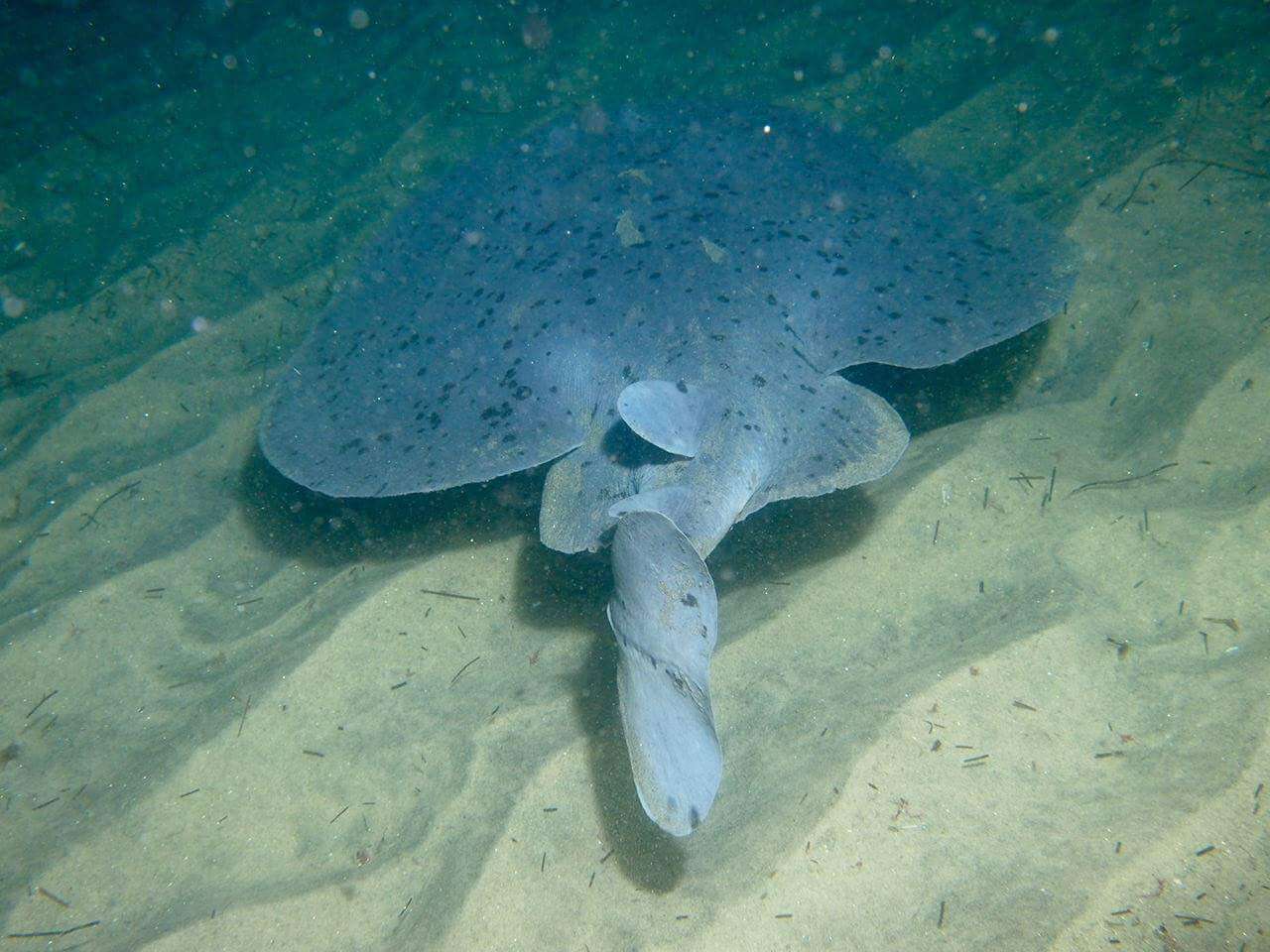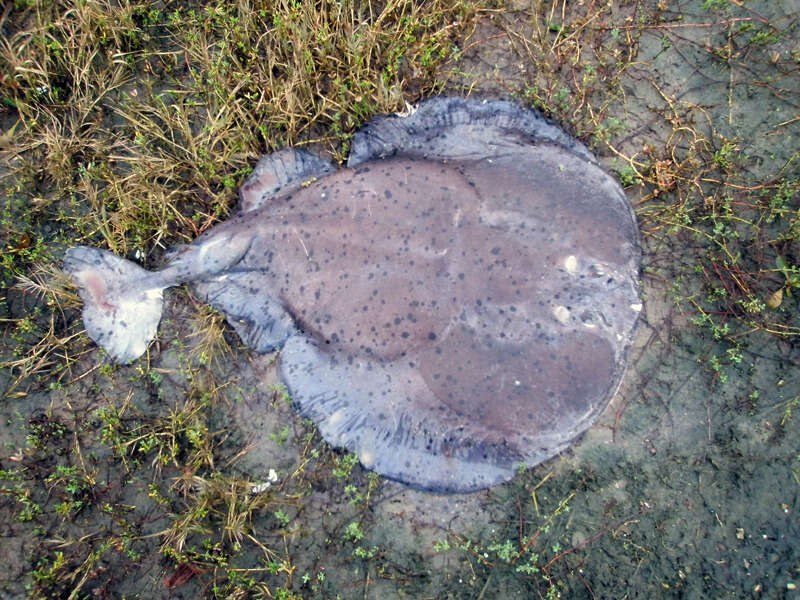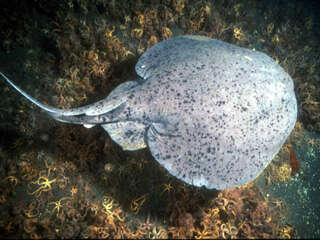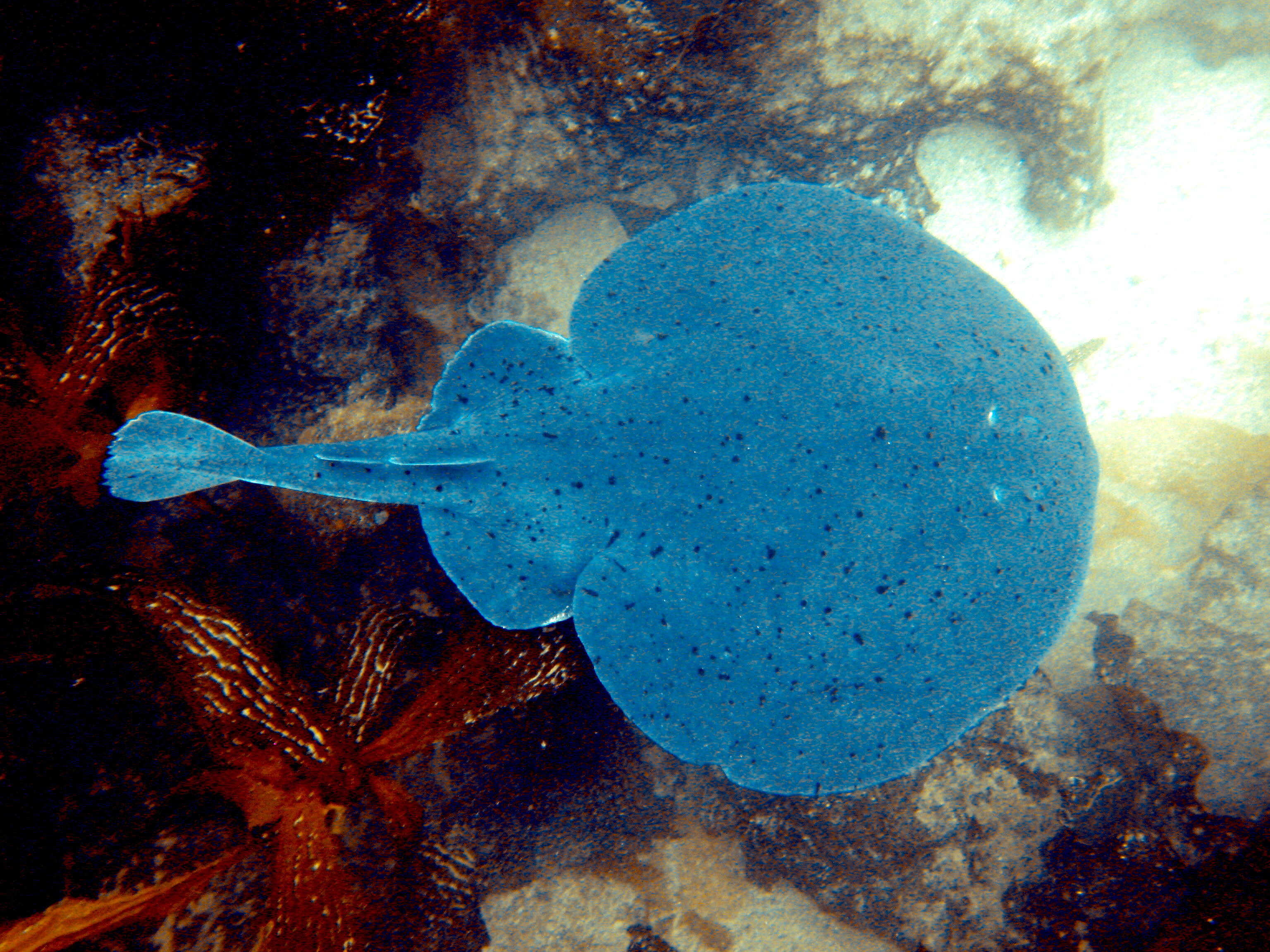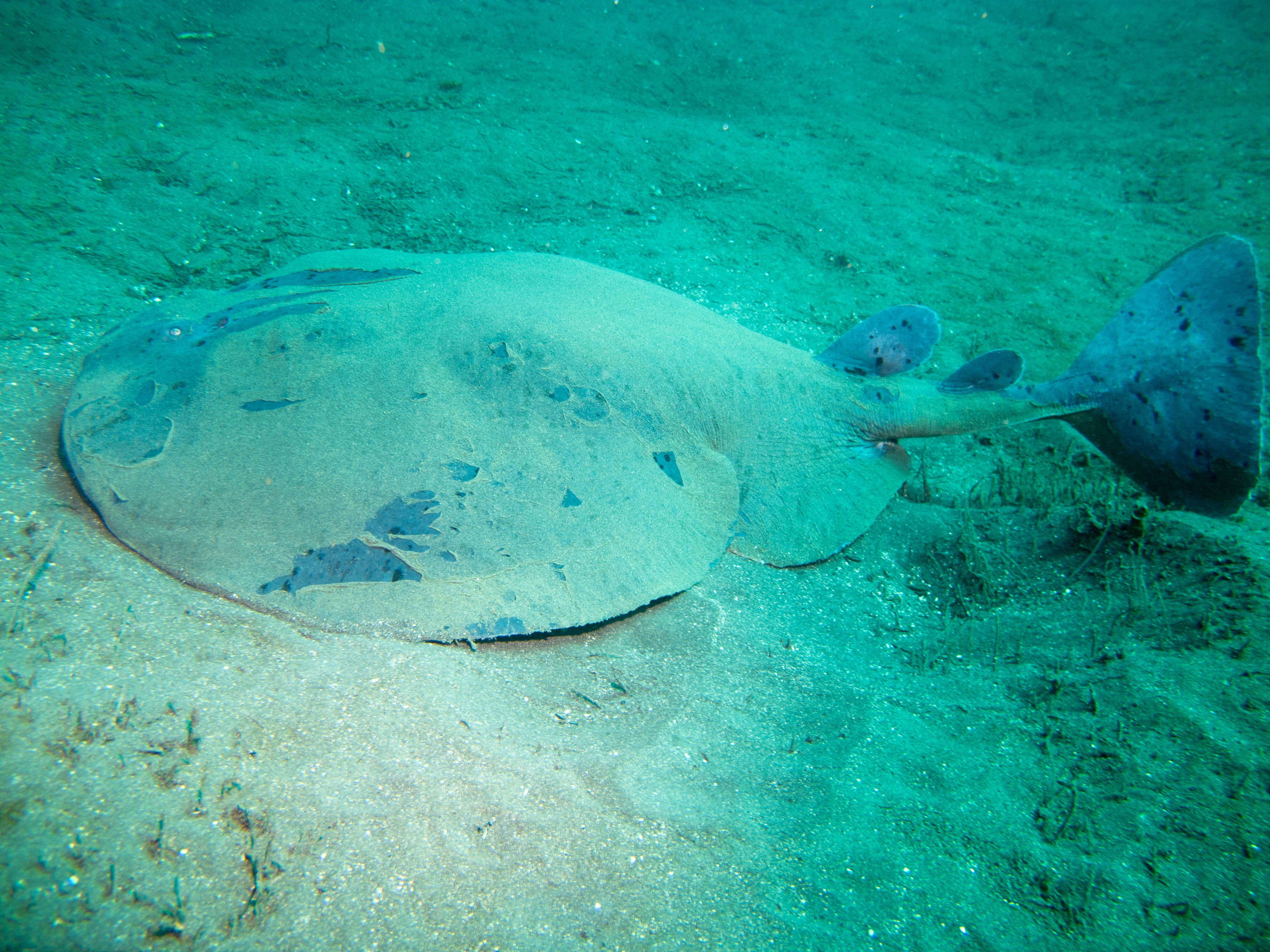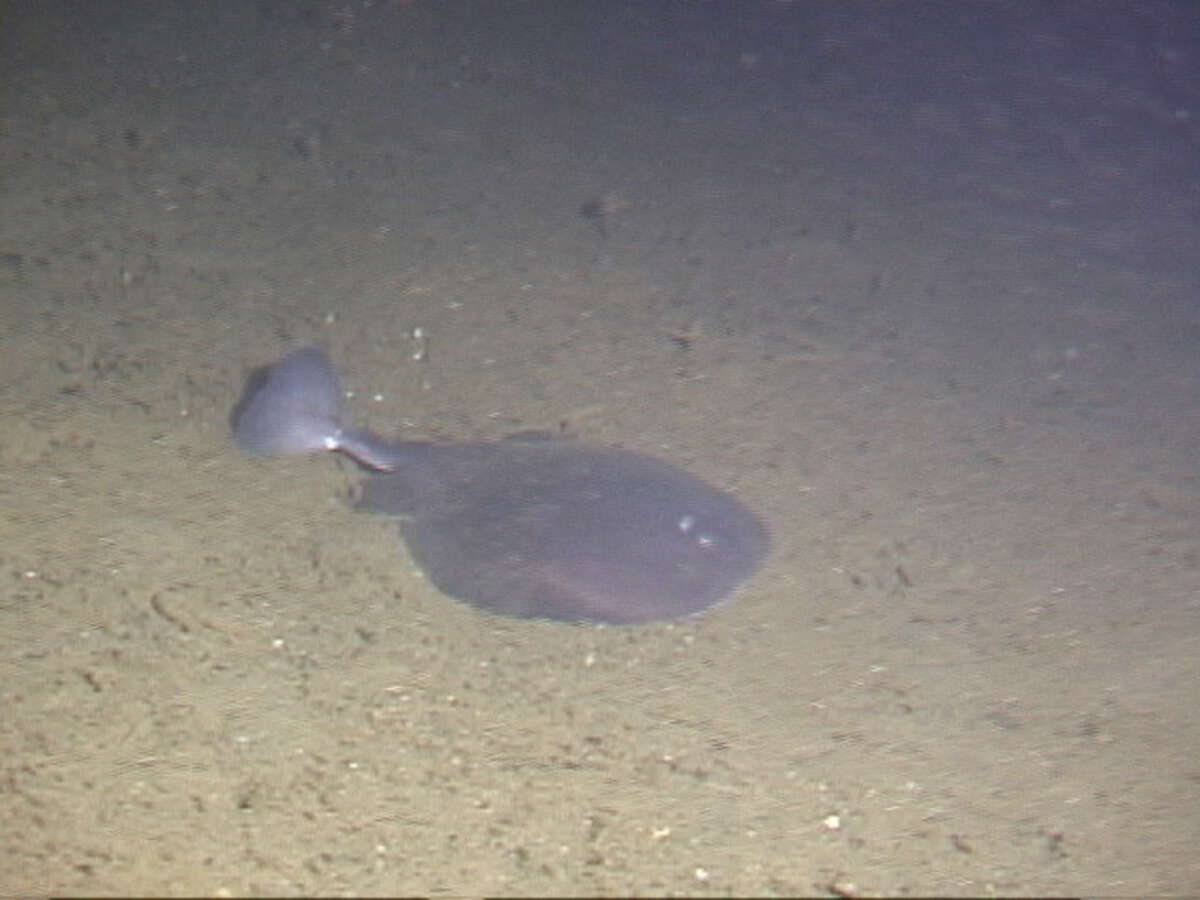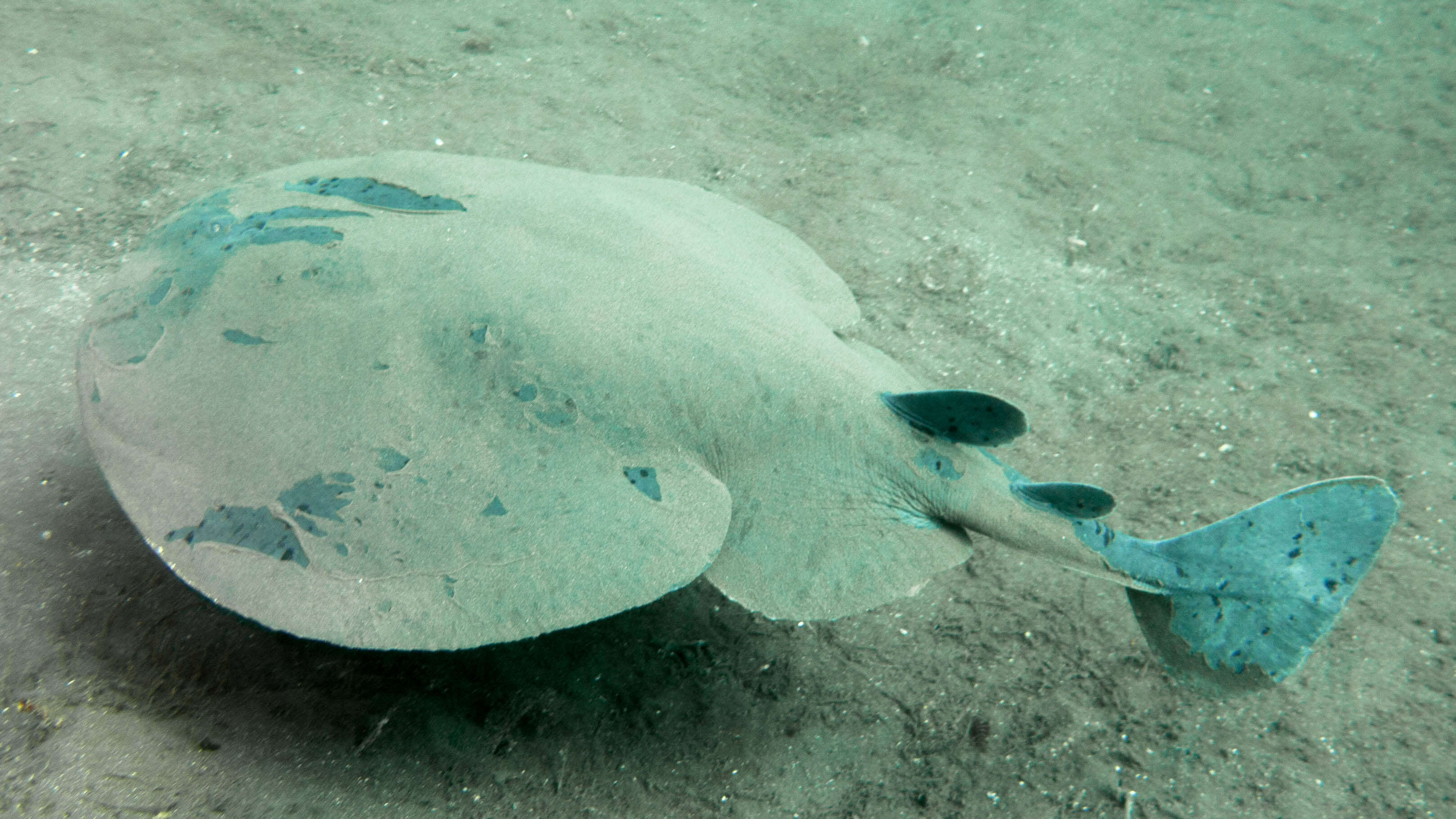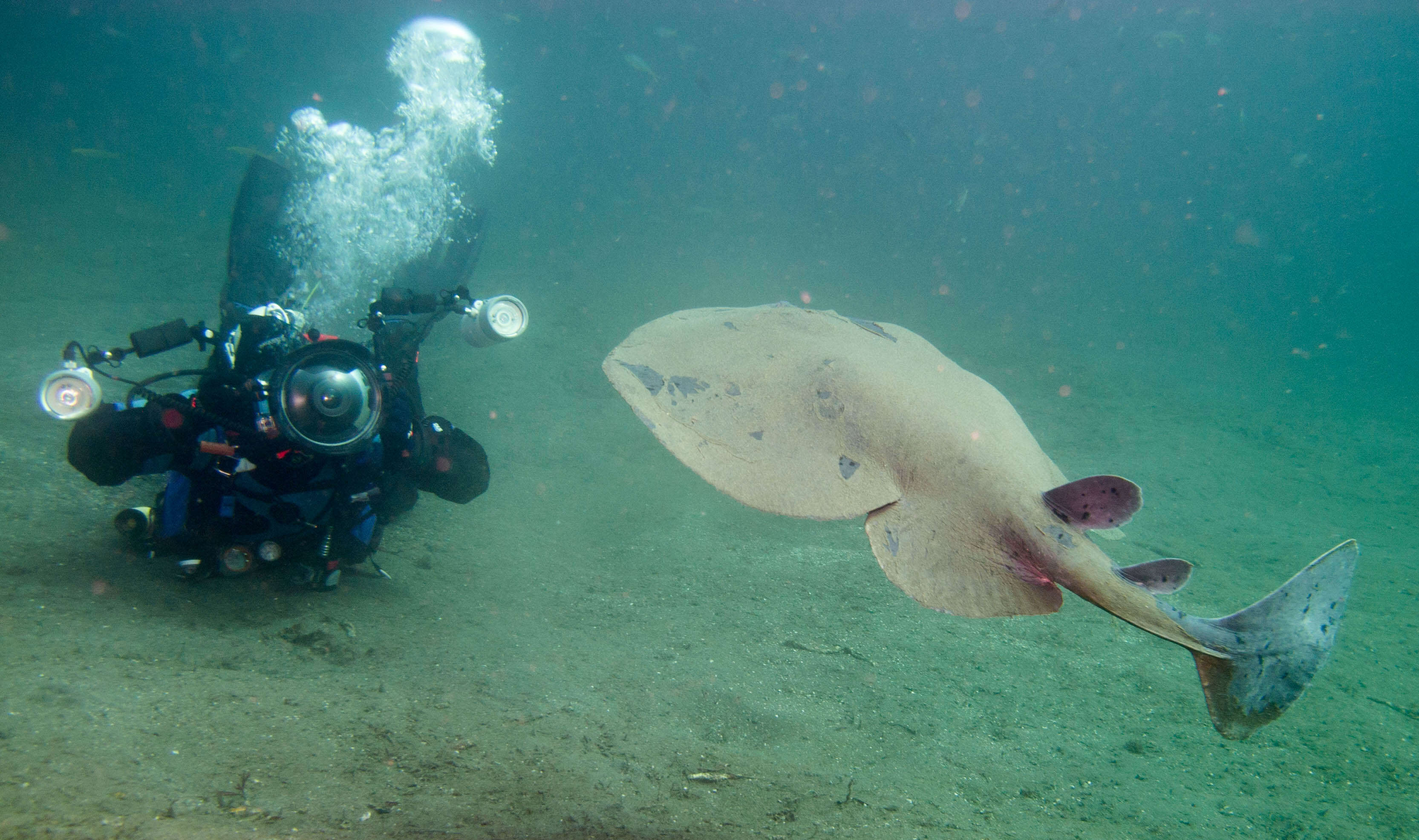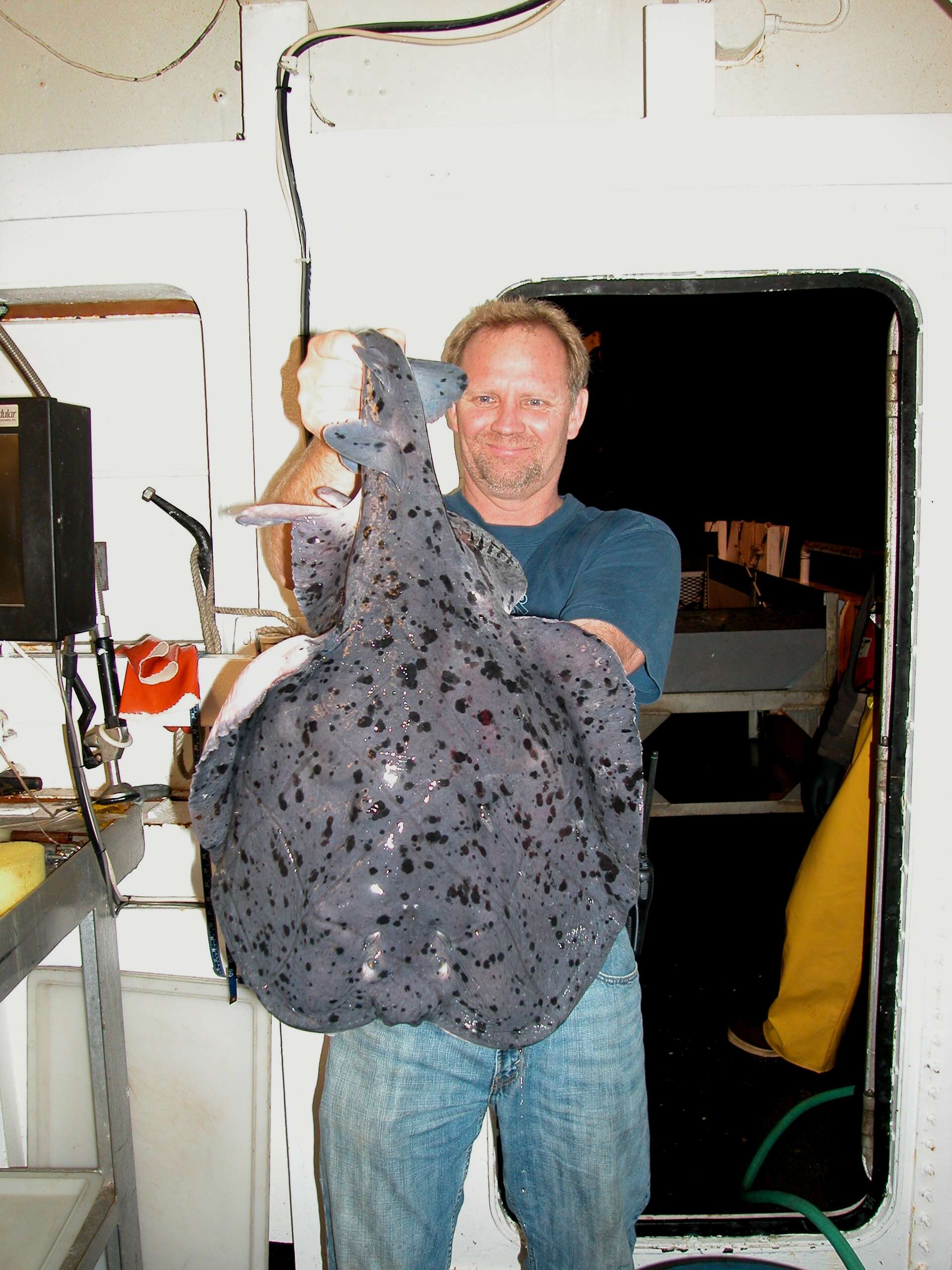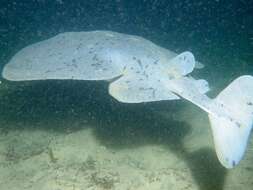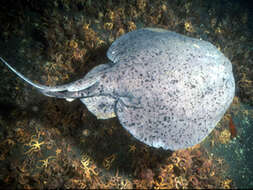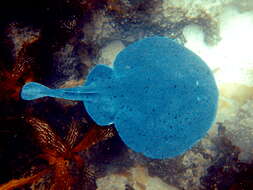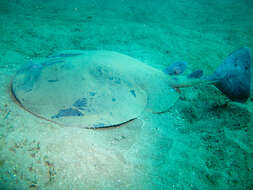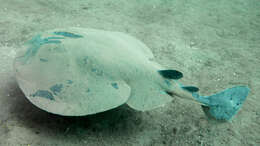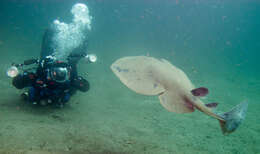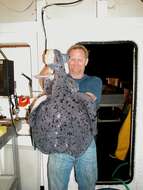Summary.mw-parser-output table.commons-file-information-table,.mw-parser-output.fileinfotpl-type-information{border:1px solid #a2a9b1;background-color:#f8f9fa;padding:5px;font-size:95%;border-spacing:2px;box-sizing:border-box;margin:0;width:100%}.mw-parser-output table.commons-file-information-table>tbody>tr,.mw-parser-output.fileinfotpl-type-information>tbody>tr{vertical-align:top}.mw-parser-output table.commons-file-information-table>tbody>tr>td,.mw-parser-output table.commons-file-information-table>tbody>tr>th,.mw-parser-output.fileinfotpl-type-information>tbody>tr>td,.mw-parser-output.fileinfotpl-type-information>tbody>tr>th{padding:4px}.mw-parser-output.fileinfo-paramfield{background:#ccf;text-align:right;padding-right:0.4em;width:15%;font-weight:bold}.mw-parser-output.commons-file-information-table+table.commons-file-information-table,.mw-parser-output.commons-file-information-table+div.commons-file-information-table>table{border-top:0;padding-top:0;margin-top:-8px}@media only screen and (max-width:719px){.mw-parser-output table.commons-file-information-table,.mw-parser-output.commons-file-information-table.fileinfotpl-type-information{border-spacing:0;padding:0;word-break:break-word;width:100%!important}.mw-parser-output.commons-file-information-table>tbody,.mw-parser-output.fileinfotpl-type-information>tbody{display:block}.mw-parser-output.commons-file-information-table>tbody>tr>td,.mw-parser-output.commons-file-information-table>tbody>tr>th,.mw-parser-output.fileinfotpl-type-information>tbody>tr>td,.mw-parser-output.fileinfotpl-type-information>tbody>tr>th{padding:0.2em 0.4em;text-align:left;text-align:start}.mw-parser-output.commons-file-information-table>tbody>tr,.mw-parser-output.fileinfotpl-type-information>tbody>tr{display:flex;flex-direction:column}.mw-parser-output.commons-file-information-table+table.commons-file-information-table,.mw-parser-output.commons-file-information-table+div.commons-file-information-table>table{margin-top:-1px}.mw-parser-output.fileinfo-paramfield{box-sizing:border-box;flex:1 0 100%;width:100%}} Description: Fisheries research encompasses a wide range of disciplines, instruments, and vessel types. The research encompasses: habitats ranging from the deep sea up the continental slope and over the shelf to intertidal regions, through the water column from bottom to surface, understanding of tides,currents, and water mass movements; a geographic range from polar regions to equator; and a range of plants and animals from single cell microscopic phytoplankton to the largest animals on earth - the great whales. The tools and instruments used by fisheries scientists range from large commercial nets and winches capable of sampling tons of schooling fishes to fine mesh nets capable of capturing microscopic animals and plants. Fisheries scientists use satellite remote sensing to track currents and plankton blooms, conductivity-temperature-depth rosettes to measure basic properties of the water column, optical microscopes and electron-scanning microscopes to pry into invisible world of fisheries microbiology, and sonar gear for a wide variety of purposes including habitat mapping, fish finding and tracking, net characteristics, and obstacle avoidance. Vehicles ranging from large ships to small boats to manned and unmanned submersibles and remotely operated vehicles are all used by fisheries scientists. Aerial observation by both manned aircraft and unmanned aerial vehicles are used to observe and track large marine animals. The range of knowledge, tools, and just plain perseverance and physical stamina that make up the skill set of fisheries science is remarkable and is a major component of NOAA's study and understanding of the ocean and its relationship to human society. Source:
https://www.flickr.com/photos/noaaphotolib/sets/72157635600959643. Author: NASA.


